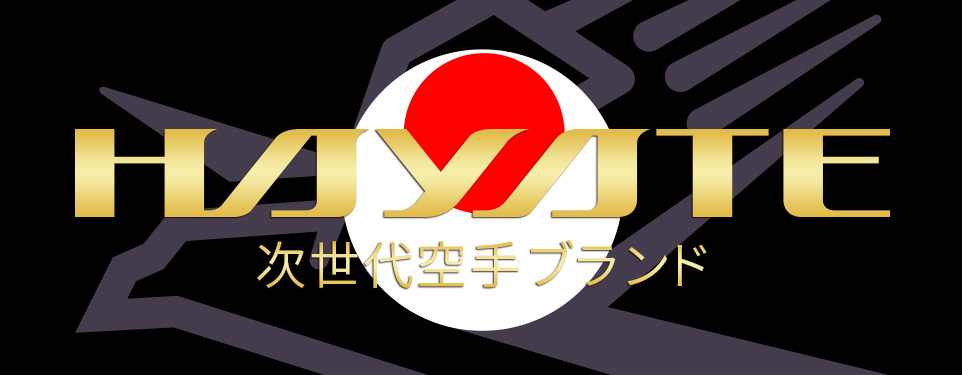10: The Bond between Master and Student 【Kusahara Katsuhide, Chairman of JKA 】
An essential part of Budo is the encounter with a good instructor. For many people, the first place to start karate training is at a local dojo. The instructors there are highly-ranked karate masters with a wealth of experience. While being taught by such instructors, you will learn not only karate techniques but also the concepts and attitudes of Budo.
At the dojo, a wide variety of people, from children to adults, train together. In elementary, junior high, and high school, students usually only have the opportunity to socialize with their peers of the same age at their school. On the other hand, the dojo provides a different setting where men and women of all ages gather, offering a privileged educational environment distinct from a school. The bonds nurtured there between master and student, as well as the ones among friends, are sure to become important assets in their lives.
Children these days are born and raised in a rich, convenient, and safe living environment. Perhaps because of this, they have no experience being scolded by their parents or others, are weak, and lack patience. Such tendencies may indeed be seen in some cases. However, it is not enough to lament about it. If children become weak, we must do something to make them strong. That is why karate exists.
Of course, being strong does not mean having muscular strength or not losing fights. Instead, it means having a solid heart. It is a critical mission of modern Budo to nurture a strong mind and develop an independent person capable of challenging himself to achieve high goals.
The mission of the Japan Karate Association is not about training karate athletes. It is to help young people grow into fine adults through karate training. To do this, observing each student closely and providing instruction suited to their individuality is essential. The most important thing is for the student to love karate. We hope that they will then become people who enjoy karate even more. As the Analects of Confucius says, “They who know the truth are not equal to those who love it, and they who love it are not equal to those who delight in it.” A dojo is a place for human growth through collaboration between master and student.
A good instructor is someone who can skillfully draw out the individuality that students possess and encourage further growth. The key to this is “not to teach too much.” If you teach them the answers ahead of time, they will never get into the habit of thinking for themselves, and they will never be able to become independent. That is not all. Nothing is more satisfying for students than when they ask a question and figure it out themselves. We must not deprive them of that pleasure. The most important thing in education is “waiting” , waiting for the right moment.
There is a phrase “pecking at the same time (Sotsu taku douji in Japanese).” When the chicks are about to hatch from an egg, they peck from inside (sotsu), while the mother pecks outside (taku). If the timing on both ends does not synchronize perfectly (douji), the egg will not hatch. It is truly a “heart-to-heart” communication. The timing is crucial.





